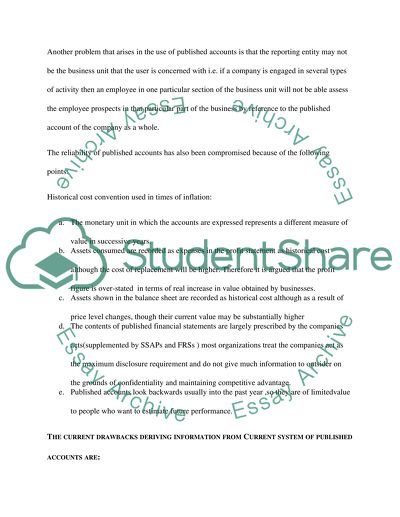Cite this document
(Accounting Information System: The Roles of the Profit Statement and Assignment, n.d.)
Accounting Information System: The Roles of the Profit Statement and Assignment. Retrieved from https://studentshare.org/finance-accounting/1516119-bussiness-accounting
Accounting Information System: The Roles of the Profit Statement and Assignment. Retrieved from https://studentshare.org/finance-accounting/1516119-bussiness-accounting
(Accounting Information System: The Roles of the Profit Statement and Assignment)
Accounting Information System: The Roles of the Profit Statement and Assignment. https://studentshare.org/finance-accounting/1516119-bussiness-accounting.
Accounting Information System: The Roles of the Profit Statement and Assignment. https://studentshare.org/finance-accounting/1516119-bussiness-accounting.
“Accounting Information System: The Roles of the Profit Statement and Assignment”, n.d. https://studentshare.org/finance-accounting/1516119-bussiness-accounting.


